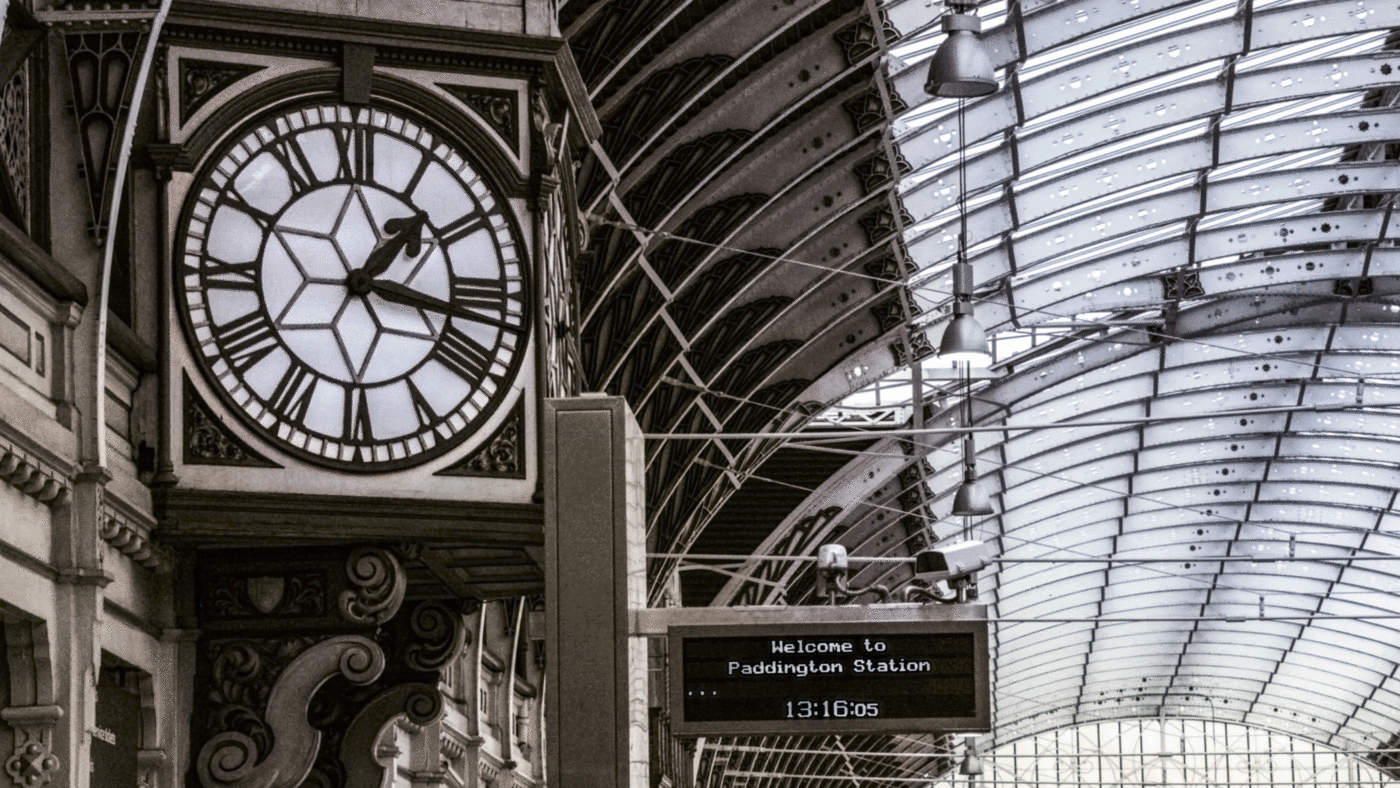News that the Government intends to ‘renationalise the railways’ – or at least, overhaul the franchise system for passenger services – is the latest sign that we’re in the middle of a shift towards a new Conservative orthodoxy.
This move has caused some distress to free marketeers. And it may indeed turn out to involve some unwise steps, such as trying to end ‘duplication’ on trunk routes. This is what allows different franchises to compete on fares, and should certainly be retained.
But there is more to transport policy than simply the economics of the railway – just as there is more to sport regulation than the finances of the Premier League. It seems to be becoming a hallmark of the Government’s new Union policy to recognise that it needs to be woven through the actions of every department.
I have already argued that a ‘British Super League’ could help to lend a British shape to an important area of national life. We should consider how ‘Great British Railways’ (GBR) might do the same.
First, it’s important to recognise what is actually happening here. The Government is not proposing a wholesale return to the days of British Rail. Private companies will still be able to bid for passenger franchises as they do now, but “under a more prescriptive management contract, similar to the system in place on the London Overground”.
Nor is the current system a genuinely privatised model in any event. The foundation for Great British Railways is Network Rail, which continues to own the track and stations of the entire network. Private companies merely bid for the right to operate services on the state’s rails.
This is in stark contrast to the pre-nationalisation system wherein private railways owned the track and stations as well as the rolling stock. This system gave us world-famous liveries, statement city-centre stations, and many more good things. The companies had a long-term stake in the future of their lines and plenty of assets on which to secure loans.
Those institutions, with their internal cultures and histories, were destroyed by nationalisation. And when the Tories finally reversed it in the 1990s, the vertically-integrated model wasn’t chosen.
Overall, the network has performed well and some franchises especially so. But this move is not a wholesale shift from one mode to another. It is in large part simply making the state’s existing role in the system more obvious.
In so doing, it gives ministers the opportunity to create a new British institution.
Control over ticketing, for example, could allow for a single national app – with GBR branding, naturally. Likewise, a shift to a contract model inspired by the London Overground could see the state resume responsibility for train liveries. At present passenger services are decked out in the corporate colours of their operators, and few of these – save where they explicitly call back to historic icons, as GWR do – have any emotional appeal.
Transport for London’s services, both Underground and Overground, have distinctive liveries that are now part of the character of the city. Why shouldn’t the Government do the same for our national railways?
Ministers should at minimum consider something distinctive for cross-border inter-city express services. But where a franchise runs commuter services into Scotland or Wales it ought to be considered too. (I’d personally suggest a modern take on the patriotic palette of Network SouthEast). This is worth investing some money on. Whatever British Rail’s failures as an operator, and they were legion, branding is one thing it was actually very good at. Grant Shapps has a chance to assist in the creation of a new national icon. His talk of the system being “branded as a single national service” suggests he intends to seize it.
Those cross-border services also offer an opportunity to demonstrate the virtues of the British state – something at the heart of the logic behind the UK Internal Market Act. If the Government matched new liveries with investment in modern rolling stock and a user-friendly ticket experience, it could give passengers in border areas a chance to experience the contrast between GBR and, for example, the Scottish Government’s embattled ScotRail services.
Inevitably there will be those that scoff at the idea that such things could make a material difference to the constitutional struggle. But there’s a reason the SNP have the saltire splashed all over the trains under their control, and made a determined effort to abolish the British Transport Police despite the overwhelming opposition of its officers.
The fine details of life add up, and shape our impression of our country and ourselves. The fight against separatist sentiment is a long war in the small things.
A positive case for the United Kingdom can only be made if the British state does things that people care about, does them well, and is seen to do them well. The Union Connectivity Review, published earlier this year, highlighted many ways in which the Government could beef up and better integrate the nation’s transport network.
Great British Railways could be the public face of that project – as long as it doesn’t squander the real advantages of privatisation in the process.
Click here to subscribe to our daily briefing – the best pieces from CapX and across the web.
CapX depends on the generosity of its readers. If you value what we do, please consider making a donation.


